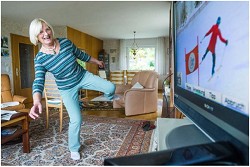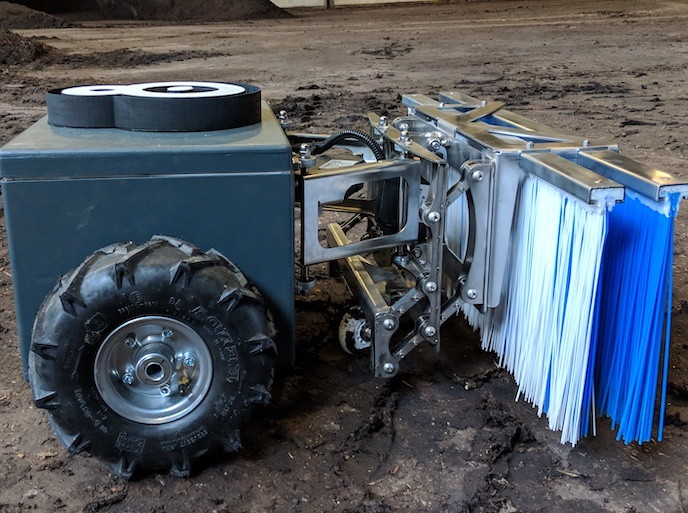Discrete wearable technology proven to help stop falls in elderly
Falls are a major challenge in our ageing society. Around one third of older people fall at least once a year, and falls can have a major debilitating effect on health and mobility while being costly to treat. An EU-funded project – ISTOPPFALLS - has developed an 'exergame' and fall-prevention system, including a risk self-assessment programme, which has been proven to help reduce the fall risk of elderly people. ‘Evidence-based results have shown that ISTOPPFALLS technology reduced the overall fall risk of those studied by 34 %, rising to 54 % for participants who used the system a lot. Moreover, results showed that participants with the highest risk of falling benefitted the most,’ said Dr. Rainer Wieching, ISTOPPFALLS project coordinator. The project has developed a two-pronged approach to preventing falls. The first is an 'exergame' for a home-video game console aimed at strengthening the lower limbs and improving balance. Users can control and interact with the video game using gestures and spoken commands. Similar to an xBOX game console, it enables full-body 3D motion capture, real-time feed-back and continuous result monitoring adapted to the needs of older adults. The second involves the extensive monitoring of the participant using a discrete device which is worn as a necklace. The device uses motion capture technology and can test the elderly for balance, lower limb strength, and monitor their activity the whole day. ‘Both technologies fit well into the daily lives of older adults and can be used together or separately. Behind the scenes there is a knowledge-based system putting all the data together to provide tailored feedback to the user and others such as carers or doctors on demand,’ says Dr. Wieching. The technology has received positive feedback from its users. ‘Most of the older adults were very interested and enjoyed continuously monitoring their own health, and we were also able to increase their knowledge of health and fall risk related topics,’ he adds. Moreover, the ISTOPPFALLS final report estimates that if 3 % of older adults at risk of falling used the system, the risk of falling could be reduced by 35%. This could save up to EUR 27.7 million a year in fall-related health care costs in Germany alone (2012 data). Even though the project officially ended in 2014, its researchers have since taken it forward. ‘Over the last two years we have gathered interest in rolling out the ISTOPPFALLS system from the Ministry of Social Affairs in Saxony, Germany, the Ministry of Health in Rhineland-Palatinate, and the Agency for Sports and Exercises in North Rhine Westphalia. We are now making modifications to the systems and hope to finalise them by the end of this year,’ outlines Dr. Wieching. Dr. Wieching hopes to see the fine-tuning of the project’s technology in the future, as well as ‘some changes in policy to support the reimbursement of innovative technology-based prevention solutions for the elderly.’







